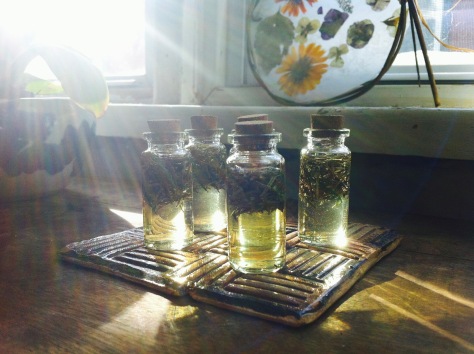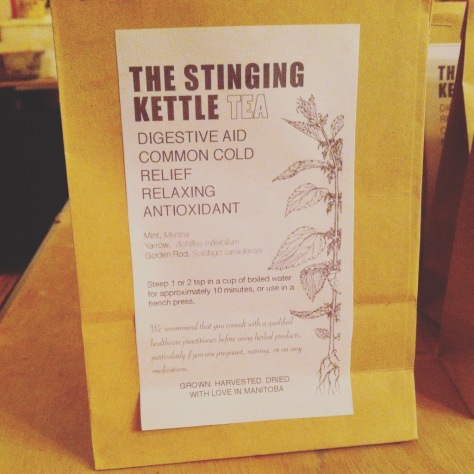Spring arrives quite delayed here in the North. Though we are on the south edge of Manitoba, our growing zone is still close to 3, which means any head start we can find, such as micro-climates, warming the soil, providing shelter or greenhouses, the sooner we get to taste delicious, organic produce.
What I have discovered though, is that Nature has adapted quite well to this climate, and provides all the nutrients our body needs in the earlier months when we still get a potential frost at night. What follows is a short list of some wild or perennial edibles in my garden! You will be surprised, that you may have some growing as well!

Stinging Nettle. A favourite among wild foragers. Grows in rich soil, spreads with creeping roots that are invasive. Prepare cooked as stingers will disappear after cooked or dried. Use in stir-fry’s, smoothies (raw), soups, sauces or pesto’s as you would spinach.
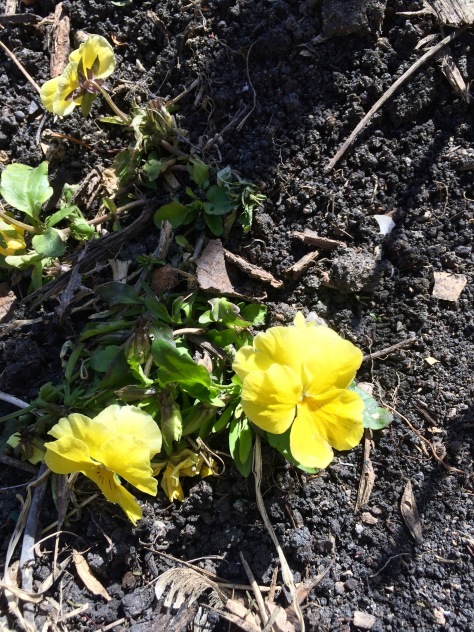
Pansy’s. Not exactly wild, but a resilient, self-seeding plant comes out with flowers before the tulips and daffodils! The flowers are edible and kids love to add them to salad!
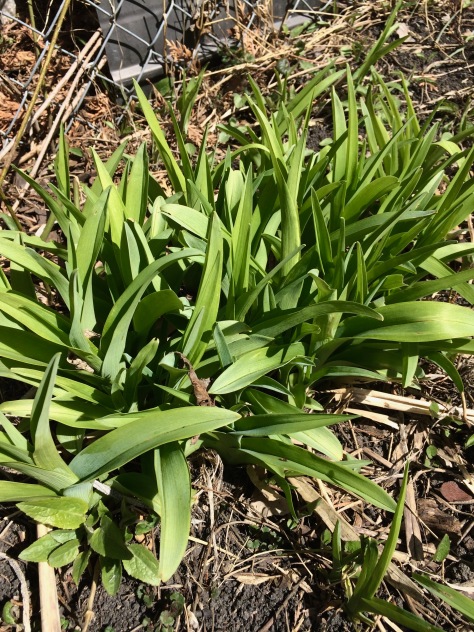
Day Lily leaves. The whole plant is edible. Tubers, flower buds and open flowers. We often enjoy the flowers as a snack during a day in the garden. The leaves are great in a sauté. They have a hint of lemon flavour. They appear wild in many places throughout N. America. Learn more here from Hank Shaw.

Bergamot, Bee Balm or Wild Oregano. Before it sends up it’s lovely purple flowers, this full flavour spice is a welcome addition to our meals. I often forget to use it because we also grow oregano. But I know this plant grows wild here in MB and it has so many health benefits! It will cure a scratchy throat in no time! I plan to get creative with this plant this spring/summer!
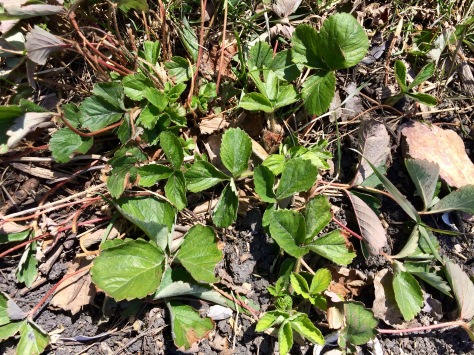
Strawberry leaves! This is a new one for me. I have only heard of the medicinal uses, dried as a tea. Have yet to taste them. But these hardy perennials are green before the snow melts! They just love our climate! Already in reproduction mode, they will be producing berry’s soon enough! Check out this helpful health info.

Yarrow! I have yet to eat them as a raw green, but I have heard that when they are young, they are much less bitter!
Also available in my garden are Dandelion greens, Poppy greens, Mint, Holly Hock leaves, Chives and Green Onions, Cherry blossoms (soon) and likely others I am not even aware of! I look forward to the creative mixtures we come up with in this urban family farm!







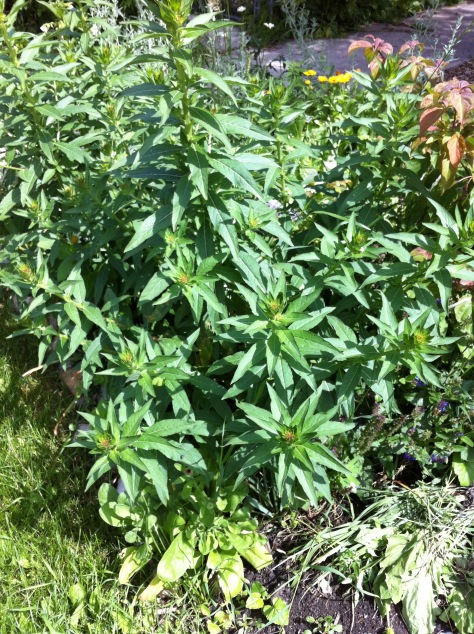





 I like to learn the latin names of the plants I’m getting to know. Rosemary, Rosmarinus officinalis has such a gentle name for such a powerful, strong plant.
I like to learn the latin names of the plants I’m getting to know. Rosemary, Rosmarinus officinalis has such a gentle name for such a powerful, strong plant.